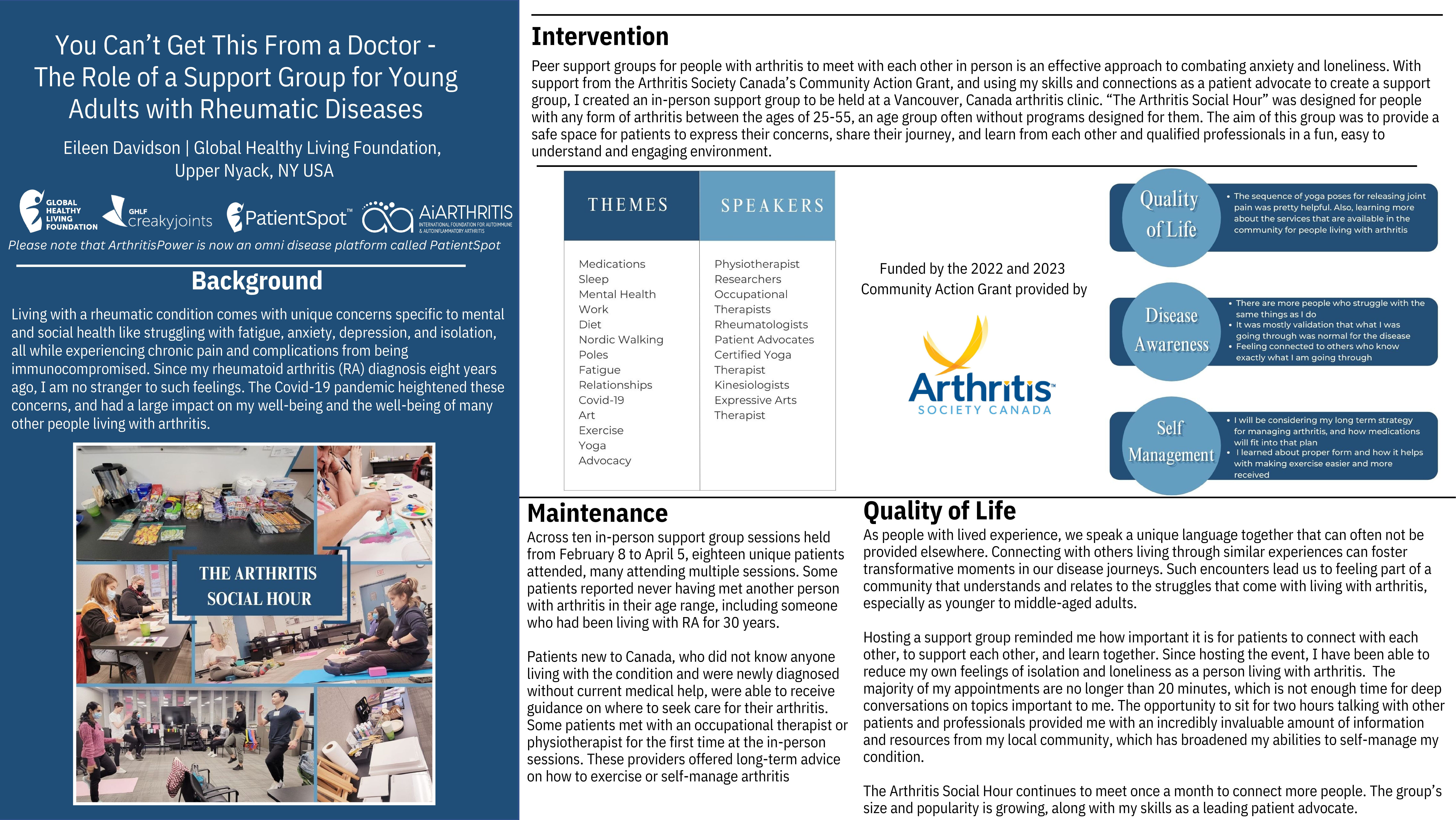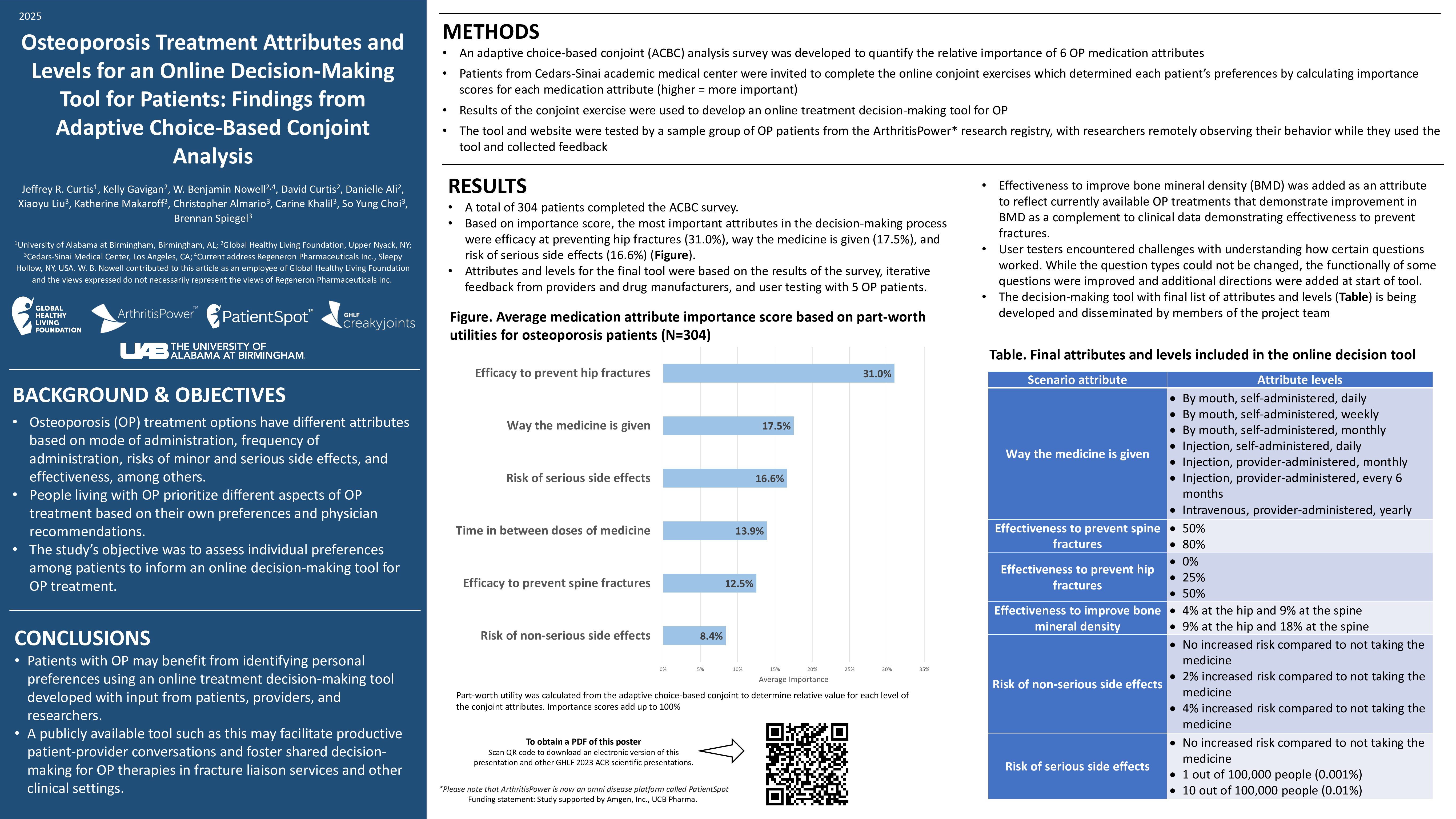I had been wanting to move out of my apartment for several years. Unfortunately, my rheumatoid arthritis (RA) forced me stay put. After all, the idea of packing, cleaning, lifting, and unpacking while battling the joint pain and fatigue that come with my RA didn’t sound particularly appealing. Over-exerting myself with extra errands can trigger an RA flare; I could only imagine what moving might do.
Not to mention the mental and emotional component. If I moved, I would have to say goodbye to the place where I first learned about my rheumatoid arthritis diagnosis — the place where I learned how to not only survive but thrive with a chronic illness. Staying in the same place just seemed like the best choice. It was what my son and I were used to, and I didn’t have the physical or mental energy to rock the boat.
But circumstances change. I eventually reached a point where moving became essential for my well-being. I could no longer put off the task.
Moving with rheumatoid arthritis was as challenging as I expected it to be: very. (As I write this a month later, my body is still aching.) But it was also rewarding in ways I didn’t expect. Making this change reminded me how far I’ve come in my chronic illness journey, and it also showed me how much I can still do.
It was hard saying goodbye to the place where I learned to live with my disability
I was diagnosed with rheumatoid arthritis one year after I moved into my now-old apartment. Because of the symptoms associated with rheumatoid arthritis I eventually had to stop working as an esthetician and was go on long-term disability. With no money and no way of knowing how to work with my illness, I felt trapped in my living space.
Being trapped, however, gave me time to learn how to navigate my new life with rheumatoid arthritis. I stayed up to date on the latest research, joined patient advocacy groups, and eventually began writing about my journey as a way to help others. All of these things might not have happened if I wasn’t forced to stay still.
Staying in that apartment also allowed me to see the advantages of my space. It was close to my gym, so I could stay active, which is known to improve joint pain and stiffness. It was right near the public transit stops, which made it easier to get to appointments with my rheumatologist. It was also a few stops from one of the biggest malls in the MetroVancouver area of British Columbia, which also let me to shop and socialize (when I had the energy to do so). Everything I needed was within reach — moving would only take me further away from these necessities.
Still, I wanted change. And the want became a need when college kids moved in to the apartment above mine. (Sleeping with rheumatoid arthritis is difficult enough — adding noise from late-night parties into the mix doesn’t make it easier.) I knew I needed to move for my health. It just became a matter of where (and when) I would go.
Rheumatoid arthritis changed how I searched for a new home
Prior to my RA diagnosis, I had different requirements for my apartment. If it wasn’t affordable, clean, or near my favorite hangouts, it wasn’t for me. But with rheumatoid arthritis, the priorities shifted. (Though affordability was, and always will be, and important factor.)
The biggest factor was proximity to my medical essentials. My doctor, physiotherapy clinic, massage therapist, gym, and pharmacy all had to be nearby or, at the very least, accessible via a quick ride on public transit. And when I say quick, I mean 30 minutes or less. Any more than that and my joints start to stiffen and fatigue sets in, making it almost impossible to accomplish what I set out to do.
I also needed a place that had outdoor space. This became extremely apparent when the COVID-19 pandemic began, forcing everyone into lockdown. Going outside for anything other than essentials was not recommended for anyone, but especially an immunocompromised person like me, as there was (and still is) little research into how the virus impacts us. Even when restrictions were loosened, I could only go outside for a few seconds before I began to feel anxious about the crowds of people. I started longing for my childhood home, which was built on a large portion of land. Although I knew I wasn’t going to find that in the city of British Columbia, I knew I could find somewhere with outdoor space that was meant for me and my little family alone.
Moving highlighted my disability in uncomfortable ways
The thing about having a chronic illness like RA is that it constantly reminds you of your limitations. Moving is exhausting for anyone, let alone when you have a disease that causes joint pain, stiffness, brain fog, and fatigue. I can’t just pack boxes for hours on end without feeling it the next day; I have to plan and prioritize and do things in smaller chunks of time. I have to watch for early signs that I’m overdoing it and stop to practice self-care.
Sometimes I became frustrated and asked “why me?” I imagined how much easier everything would be if I had a “capable” body. Other times, I was able to avoid falling down the self-pity rabbit hole and, instead, admire all the things I can do — rheumatoid arthritis be damned.
What Made Moving Easier
The other thing about chronic illness is that you have to get a little experimental in figuring out what works and what doesn’t. Throughout this process, I was able to figure out some things that, for me at least, make moving easier.
Exercise regularly: Exercise helps almost everything when it comes to daily living with rheumatoid arthritis, but it really helped me with moving. It helped ensure my body was strong enough for lifting and carrying heavy boxes and walking up and down flights of stairs. It also prepared me for the muscle pain I might face afterward.
Time your medication: An occupational therapist once told me to always take my anti-inflammatory or pain medication before doing something that will cause pain. If you let the pain sit and save the medication for when it becomes unbearable, the relief won’t come for a while. So every day before I got started with working on the move, I made sure to take my medication. I also timed my move to occur before my monthly biologic infusion so the treatment would help combat lingering pain I experienced afterward.
Ask for/accept help: I’m very open about my chronic illness and then challenges that come with it. So when I announced I was moving, friends and family graciously said they would help. I happily accepted their offers.
Another option: Hire movers and cleaners if you can afford it. Taking that extra load off your plate will ease the stress of moving.
Buy arthritis-friendly cleaning supplies: There a number of ways to make cleaning with arthritis easier, and that includes purchasing the right products. I’m a huge fan of the Bath Magic Mop, which has an extended handle that makes it possible to clean without bending or stretching.
Pace yourself: I was lucky enough to be able to move into my new place while still living at my old apartment. This allowed me to spread out tasks and do a little bit each day. I realize that is not the case for everyone. But even packing a little bit each day when you know a move is coming up can make a difference.
Know your limits: It’s easy to overdo it with rheumatoid arthritis; I did so a few times during the move. But I did set boundaries beforehand, knowing certain tasks — like lifting anything heavier than 40 pounds — might send me into a bad flare or cause injury. Stick to what you can do and don’t feel guilty about what you can’t.
Take breaks: Because of my arthritis, I try not to limit rigorous activities to 30-minutes increments. In between moments of work, I take 10- to 15-minute breaks where I keep my feet up to reduce swelling and help alleviate pain.
Send out a warning of tardiness: Fatigue will hit, and it will hit hard, so letting anyone involved in the move know you may be late or unable to fulfil your duties is key.
I’m grateful for the tools I’ve learned from my chronic illness, and excited to see what lessons I’ll learn as I get settled in my new home.
Be Part of Research with ArthritisPower.
Join CreakyJoints’ patient-centered research registry and participate in voluntary studies about managing arthritis. Learn more and sign up here.












